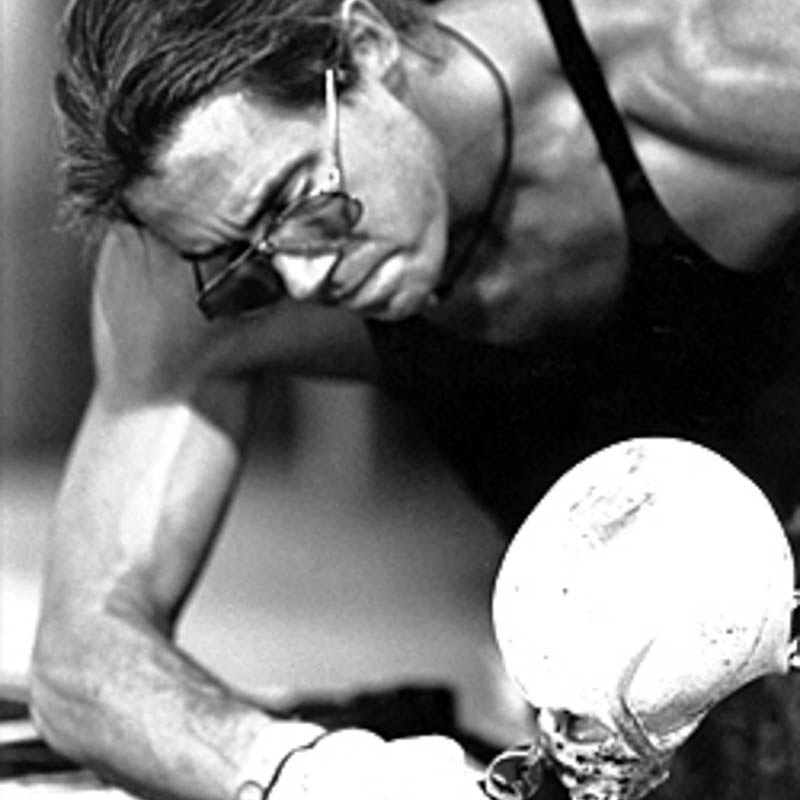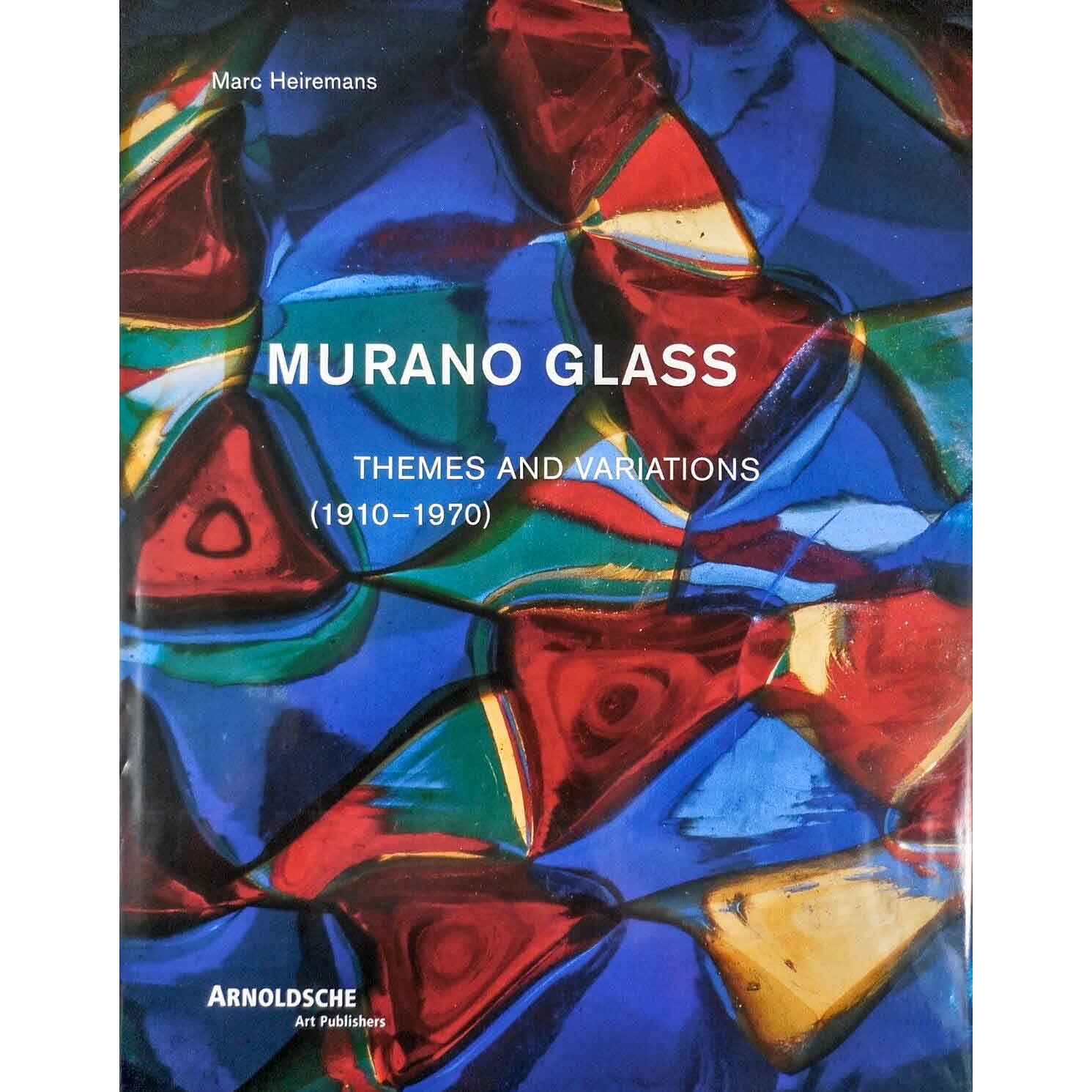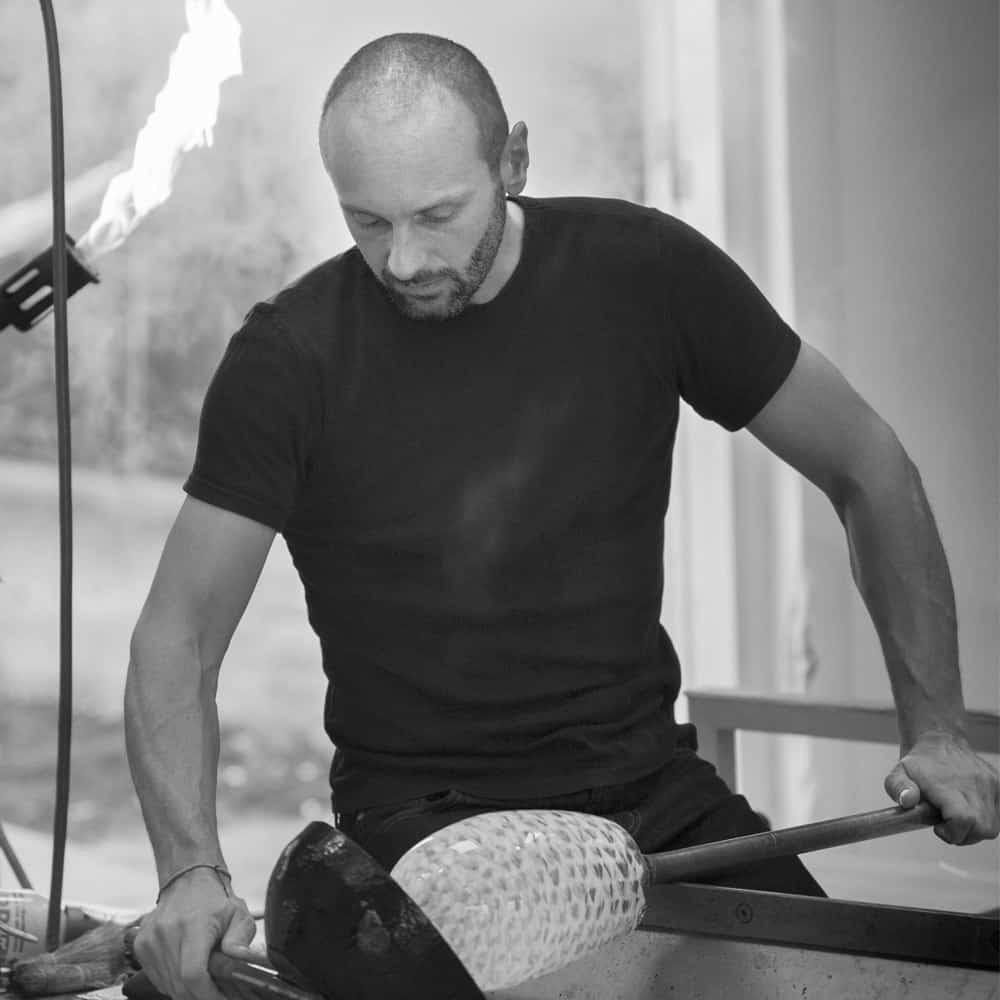William Morris, a glass sculptor, was born in Carmel, California, in 1957. He embarked on his artistic journey at the Pilchuck Glass School in Stanwood, Washington, where he worked as a bus driver. During the late '70s and early '80s, he served as the chief assistant to Dale Chihuly, marking the beginning of his career. However, it was in the '80s that Morris started crafting his own works, becoming known for his unique style.
Throughout his entire career, William Morris relied on the unwavering support of the same group of collaborators, including Karen Willenbrink-Johnsen, Jon Ormbrek, and Randy Walker. Over the years, other artists like Blaise Campbell, Ross Richmond, and Trumaine Mason also joined his team.
A pivotal moment in Morris's career came when he collaborated with Pino Signoretto, an Italian master of Murano glass. This collaboration led Morris to develop innovative techniques, including the use of oxy-propane torches to target specific sections of his pieces, achieving remarkably high levels of detail that became his hallmark. Throughout his artistic journey, William Morris maintained the William Morris Studio in Washington state.
Morris's artistic work is an attempt to enrich humanity's archaeological documentation. Instead of focusing solely on the glass's natural beauty, he adeptly transforms the medium into materials like wood, bones, fibers, and tendons. His inspirations draw from ancient civilizations such as the Egyptian, Asian, Native American, and Latin American cultures, as well as a deep connection to the wilderness and the relationship between humans and animals.
William Morris achieved numerous successes during his career and chose to retire in 2007. Presently, his works are represented by Abmeyer + Wood Fine Art in Seattle, Washington, ensuring his artistic legacy continues to thrive in the world of glass art.




Leave a comment
All comments are moderated before being published.
This site is protected by hCaptcha and the hCaptcha Privacy Policy and Terms of Service apply.